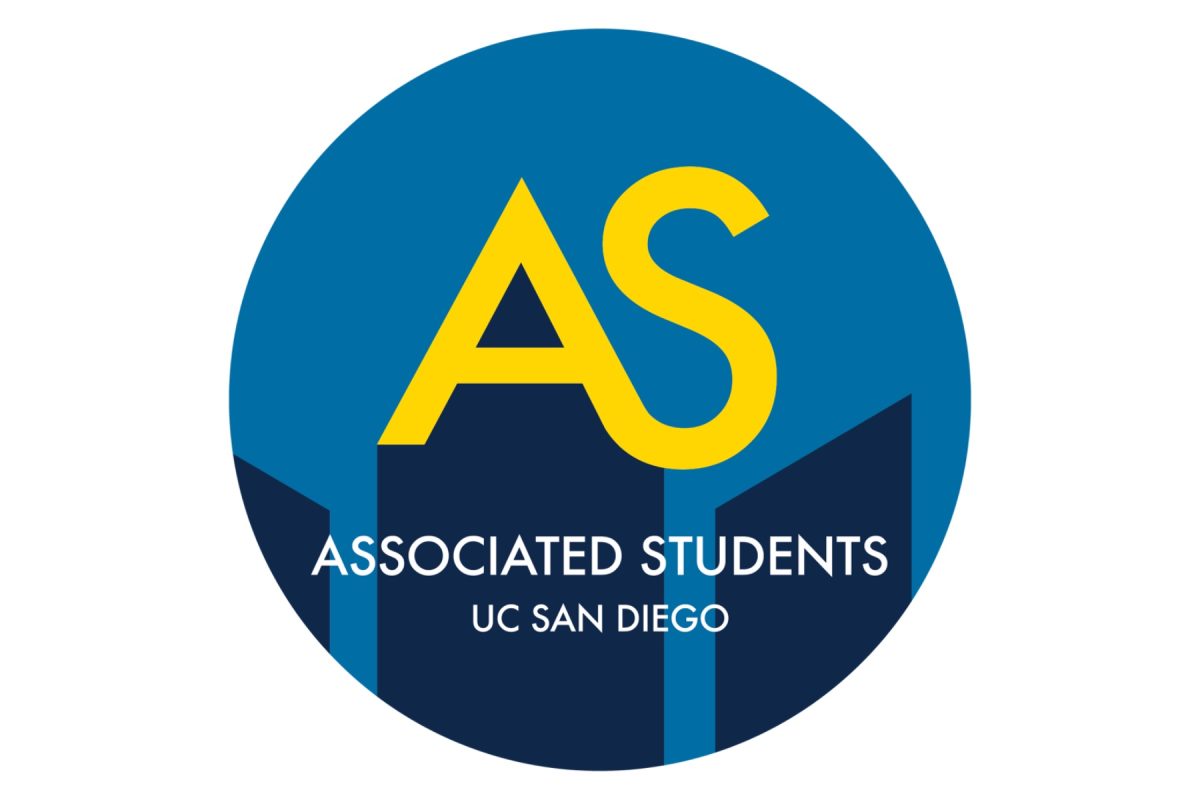Researchers at UCSD, in collaboration with those at UC Irvine, have genetically engineered mosquitoes with parasite-resistant genes that can inhibit the transmission of malaria to humans at a 99.5 percent success rate. Their findings were published in the Proceedings of the National Academy of Sciences of the United States of America on Nov. 23.
The World Health Organization estimated that malaria affected approximately 207 million people and killed roughly 627,000 victims in 2012.
Malaria transmission occurs when mosquitoes bite an infected person and ingest the parasite, which moves from the intestine into the salivary glands; the mosquitoes pass on this parasite as they bite their next victims. To combat this disease, UCSD postdoctoral fellow Valentino Gantz and Professor of Biological Sciences Ethan Bier inserted gene cassettes into the malaria vectors, such that the parasite remained in the intestines. UC Irvine professor and study co-author Anthony A. James developed these gene cassettes with the ability to inhibit malaria parasites.
“This gene expresses an antibody that belongs to the plasmodium, the parasite, [into the gut of the mosquito],” Gantz explained to the UCSD Guardian. “So the parasite gets ingested, but once it gets to the intestine, it gets stuck there. It can’t go anywhere; it can’t go back to the salivary glands. Therefore, even if the mosquito has the parasite, it can’t get into the next person.”
In particular, Gantz and Bier applied Clustered Regularly Interspaced Short Palindromic Repeats-Cas methods with a gene-drive system they developed earlier this year called the mutagenic chain reaction. This technology enables transformations of heterozygous reactions into homozygous ones.
“This technology, for the first time, allows it to spread a genetic characteristic into a population of individuals,” Gantz said. “[Scientists] have tried with some trials without a gene drive, but they couldn’t get these cassettes to have an impact. The gene drives we’ve created together with Tony James [form] the last puzzle piece of this technology, and we should, in theory, be able to spread these characteristics engineered to mosquitoes not only to those in the lab, but the entire population.”
These gene-drive methods distinguish this study from previous ones. Essentially, a change in one strand of DNA can be automatically transferred to the other. All organisms acquire one gene from their mothers and one from their fathers. In this case, if the father has the desired gene, the father’s gene can be transferred and made copies in both DNA strands; the gene-drive copies onto itself with a perfect success rate. Furthermore, this pattern will continue down the germ line, eliminating the need to target each malaria-infected mosquito.
“Usually with regular Mendelian inheritance, you get a 50 percent chance of inheritance,” Gantz told the Guardian. “In this case, you have a 100 percent chance. You are intrinsically advantaged over any other genetic element.”
Founding Director of the UC San Diego Research Ethics Program Michael Kalichman presented the ethical considerations of gene editing for nonhuman organisms, including mosquitoes.
According to Kalichman, genetically modifying animals that can cause infectious diseases can seem like a “wonderful thing,” but studies such as this collaborative project carry risks, even if they run smoothly. Modifications could have negative ecological impacts or off-target effects, for example, a decreased fit for survival. Kalichman’s suggested solutions include holding a group of wild mosquitoes that could be released again if the first generation exhibited problems or inserting genes that could erase or reverse initial genetic modifications.
Regarding the researchers leading this anti-malaria study, Kalichman recognized their self-awareness and careful experimentation.
“The scientific community around this technology has really stepped up very quickly to put together groups and organizations and meetings to try and address not just the scientific issues, but the ethical challenges as well,” Kalichman told the Guardian. “I think UCSD should be very proud to have people like Ethan and Valentino here, because they’re giving a lot of thought to these kinds of questions so that we [minimize] the risk that something will go wrong.”
Beyond malaria, in the near future this research project on mosquitoes can be applied to other infectious diseases.
“The case of the dengue virus, Chagas disease and Chikungunya [are all] absolute applications that we can translate what we have shown to other systems in probably not that much time,” Gantz said.







